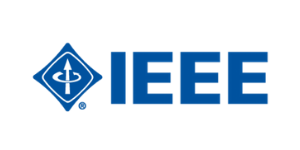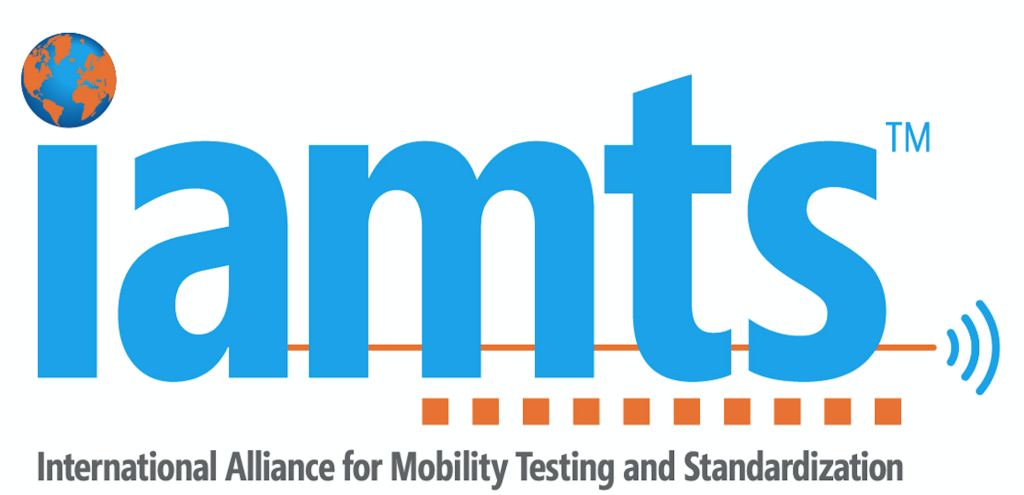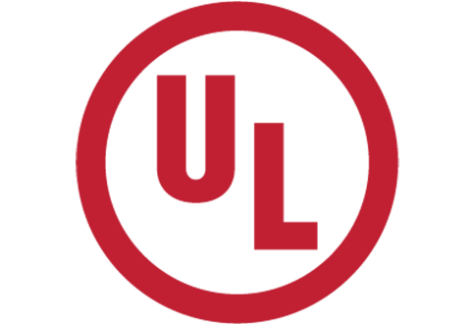Professor at Graz University of Technology and Head of Electronics Department at Virtual Vehicle Research, Guest Lecturer at Stanford University
Design of a purely electric autonomous racecar – autonomy at the edge
Autonomous racing is an evolving new sport of racing and is an emerging technology that is rapidly increasing. Several events and series have been launched, including the first international autonomous racing series Roborace[1] (already launched in 2015), the Indy Autonomous Challenge (IAC)[2] 2021 as well as student competitions such as Formula Student Driverless. The spirit of autonomous racing is to push the limits of autonomy in terms of performance and precision. By demonstrating safety, security, and reliability of connected and automated vehicles at the edge, i.e., at high speeds, high dynamics, and adverse weather conditions, a huge long-term impact on passenger car autonomy is expected. The mission of autonomous racing is to build trust on this exciting technology. While others focus on autonomy only, Roborace had a clear vision right from the start: Pioneering racing sports by building fully electric, zero-emission, high-performance autonomous racecars while bringing together the traditional racing fanbase, technical nerds, and digital natives.
Now, Roborace is the world’s first purely electric motorsport competition of full-size AI-racing robots in a mixed reality where coding teams from different countries all go for the win. Roborace executes events in physical and virtual environments with distributed geography (USA, UK, EU, UAE and further). After completing Season Beta, Roborace blends into the Season One with its own Metaverse, a coherent mixed reality for humans and robots enabling real-time gameplay.
Our tutorial will guide you through the development of the fully electric Metaverse along with the challenges of the autonomous software stack. The hardware design will include mechanical, thermal, and electrical aspects along with the system integration, durability tests, and performance optimization. You will get insights in steer- and brake-by-wire solutions, cooling concepts and the electric powertrain. We will introduce our racing-tailored sensor suite, computing platform, and the AI-enabled software architecture (perception, localization, planning). Finally, we will present our safety and security concepts to ensure safe racing at all times.
[1] https://en.wikipedia.org/wiki/Roborace and https://roborace.com/
[2] https://www.indyautonomouschallenge.com/
Professor in Robotics, Mechanical and Industrial Engineering at Tallinn University of Technology (TalTech)
How to design a low speed zero-emission AV shuttle operated by Autoware (focus on simulation tools)
Abstract:
AV shuttles are Level 4 automated vehicles designed for specific operational design domain (ODD). These vehicles are mostly driving low-speed in limited geographical areas and serving last-mile delivery or public transport line extensions. As with most of the AVs, here safety is the biggest concern. In order to deploy AV shuttles to the service area several safety related steps are needed to carry out. Simulations are one of these, giving a good opportunity to run a number of scenarios and find out edge cases with compromised safety. However, for the proper simulation, a good vehicle and virtual environment models must be created. The virtual copy of a physical system is called a digital twin and can be used for virtual simulations where the simulation results represent to some degree a physical system behaviour in the real world.
This tutorial is focusing on presenting practical design and development experience of AV shuttle powered by open-source software Autoware. Making a proper digital twin out of the target environment and running simulations is another main topic and live presentation of the physical vehicle TalTech iseAuto will be demonstrated on the university campus test track.
Agenda:
- AV shuttle iseAuto design concept, system architecture, control system and autonomous driving stack – the open source Autoware
- Live demonstration of the AV shuttle from TalTech Campus
- Digital twin of the shuttle and the environment, simulation set-up and driving scenarios, virtual testing and physical testing correlation
- Simulation demonstration of the digital AV shuttle in the digital test environment of SUNTRAX
- Q&A
- Understanding the advantages of an open source architecture are to design an AV shuttle
- Sharing design and implementation challenges of the AV shuttle system, lessons learnt
- Understanding how far you can get with simulation and how to validate AV system behaviour in virtual and physical test environments
How to develop standardized methods and tool frameworks for CAV testing and how to get certified CAV testbeds
Design of a purely electric autonomous racecar – autonomy at the edge
Autonomous racing is an evolving new sport of racing and is an emerging technology that is rapidly increasing. Several events and series have been launched, including the first international autonomous racing series Roborace[1] (already launched in 2015), the Indy Autonomous Challenge (IAC)[2] 2021 as well as student competitions such as Formula Student Driverless. The spirit of autonomous racing is to push the limits of autonomy in terms of performance and precision. By demonstrating safety, security, and reliability of connected and automated vehicles at the edge, i.e., at high speeds, high dynamics, and adverse weather conditions, a huge long-term impact on passenger car autonomy is expected. The mission of autonomous racing is to build trust on this exciting technology. While others focus on autonomy only, Roborace had a clear vision right from the start: Pioneering racing sports by building fully electric, zero-emission, high-performance autonomous racecars while bringing together the traditional racing fanbase, technical nerds, and digital natives.
Now, Roborace is the world’s first purely electric motorsport competition of full-size AI-racing robots in a mixed reality where coding teams from different countries all go for the win. Roborace executes events in physical and virtual environments with distributed geography (USA, UK, EU, UAE and further). After completing Season Beta, Roborace blends into the Season One with its own Metaverse, a coherent mixed reality for humans and robots enabling real-time gameplay.
Our tutorial will guide you through the development of the fully electric Metaverse along with the challenges of the autonomous software stack. The hardware design will include mechanical, thermal, and electrical aspects along with the system integration, durability tests, and performance optimization. You will get insights in steer- and brake-by-wire solutions, cooling concepts and the electric powertrain. We will introduce our racing-tailored sensor suite, computing platform, and the AI-enabled software architecture (perception, localization, planning). Finally, we will present our safety and security concepts to ensure safe racing at all times.
[1] https://en.wikipedia.org/wiki/Roborace and https://roborace.com/
[2] https://www.indyautonomouschallenge.com/
















